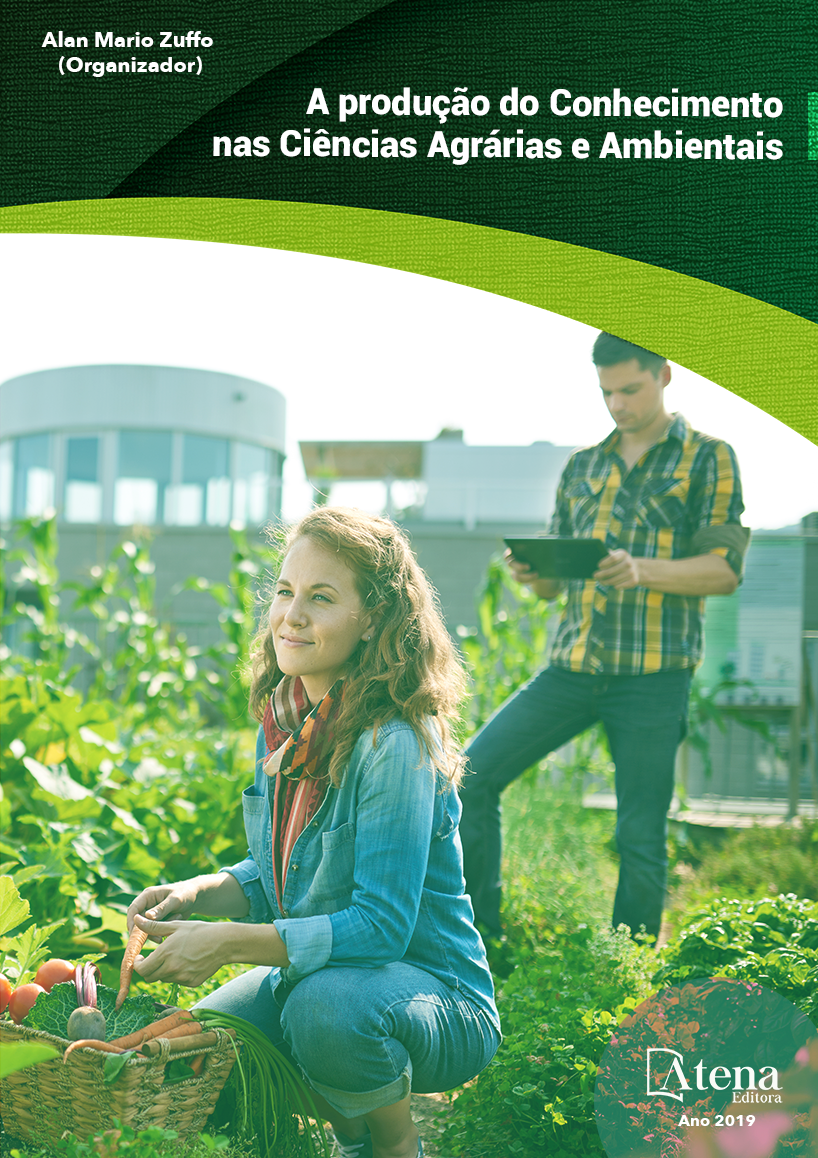
CAN THE PHYSICOCHEMICAL CHARACTERISTICS OF THE SOIL OF THE COASTAL PLAIN OF THE BRAZILIAN STATE OF RS INTERFERE IN THE NUTRITIONAL VALUE OF PUITA INTA CL RICE?
ATENA
CAN THE PHYSICOCHEMICAL CHARACTERISTICS OF THE SOIL OF THE COASTAL PLAIN OF THE BRAZILIAN STATE OF RS INTERFERE IN THE NUTRITIONAL VALUE OF PUITA INTA CL RICE?
-
DOI: 10.22533/at.ed.84519260425
-
Palavras-chave: Atena
-
Keywords: Oryza sativa, Coastal Plain, soils, nutrients.
-
Abstract:
Rice (Oryza sativa) is one of the
most consumed foods in the world, being one
of the most important grains in global economic
terms. This research was to evaluate if the
physicochemical characteristics of the soil in
rice fields of the Internal and the External
Coastal Plain of the Brazilian State of RS
have the potential to modify the nutritional
value of the rice cultivar PuitaInta CL. This
study evaluated the nutritional composition,
the total phenolic compounds content and
the antioxidant activity of brown and polished
grains of PuitaInta CL rice from two different
areas. Samples were collected during two crop
years.The nutritional content, phenolic content
and antioxidant content were tested by the
Mann Whitney method, in which samples are
compared, obtaining the result that brown rice
and polished rice have different characteristics,
depending on the place where it is cultivated (p
<0.001), and that there is no temporal difference
(p> 0.05). The 18 physicochemical variables
were analyzed by principal component analysis
(PCA), followed by MANOVA. Results from PCA
showed that the first three axes explain 74.19%.
The first axis (47, 12%) includes the variables:
regions, phosphorus, pH, potassium saturation,
calcium / magnesium ratio, clay and organic
matter. The second axis (15.79%) includes:
calcium / potassium ratio and effective electron
exchange capacity. The third axis includes: (11,
28%) potassium. The resulting spatial pattern
shows a significant difference between the soils
of each region as demonstrated by MANOVA
(Wilk’s Lambda: 0.008, p <0.0001 and F = 61.6).
-
Número de páginas: 15
- Neiva Knaak
- Denise Dumoncel Righetto Ziegler
- Renata Cristina de Souza Ramos
- Uwe Horst Schulz
- Lidia Mariana Fiuza
- Jeremias Pakulski Panizzon


